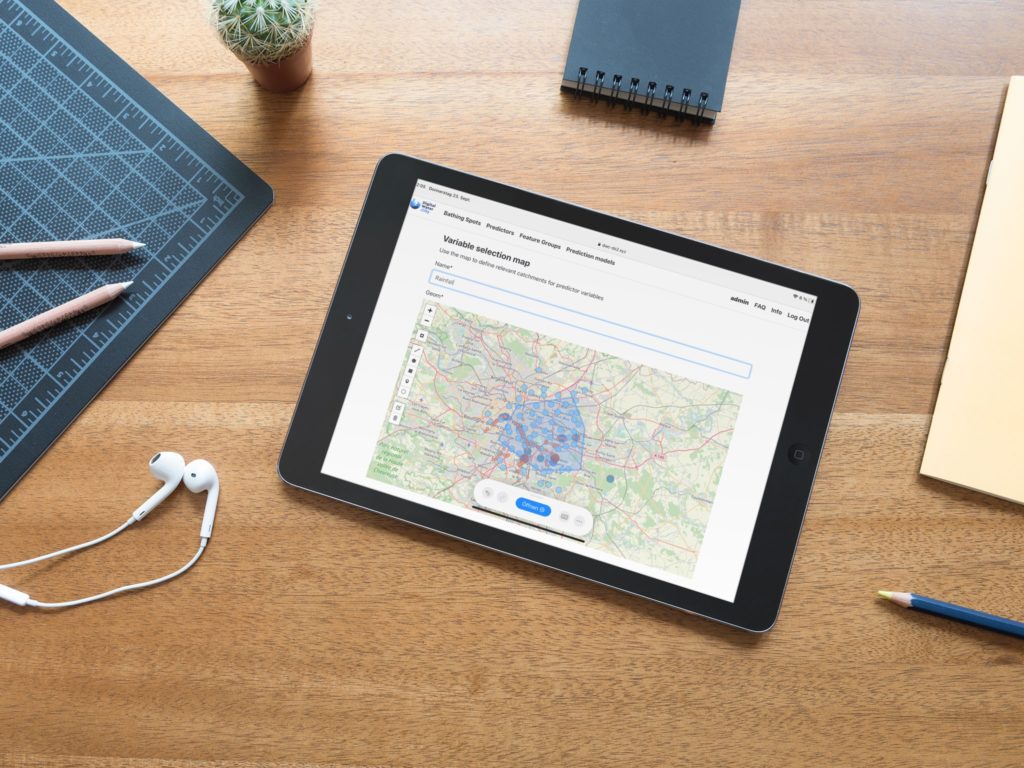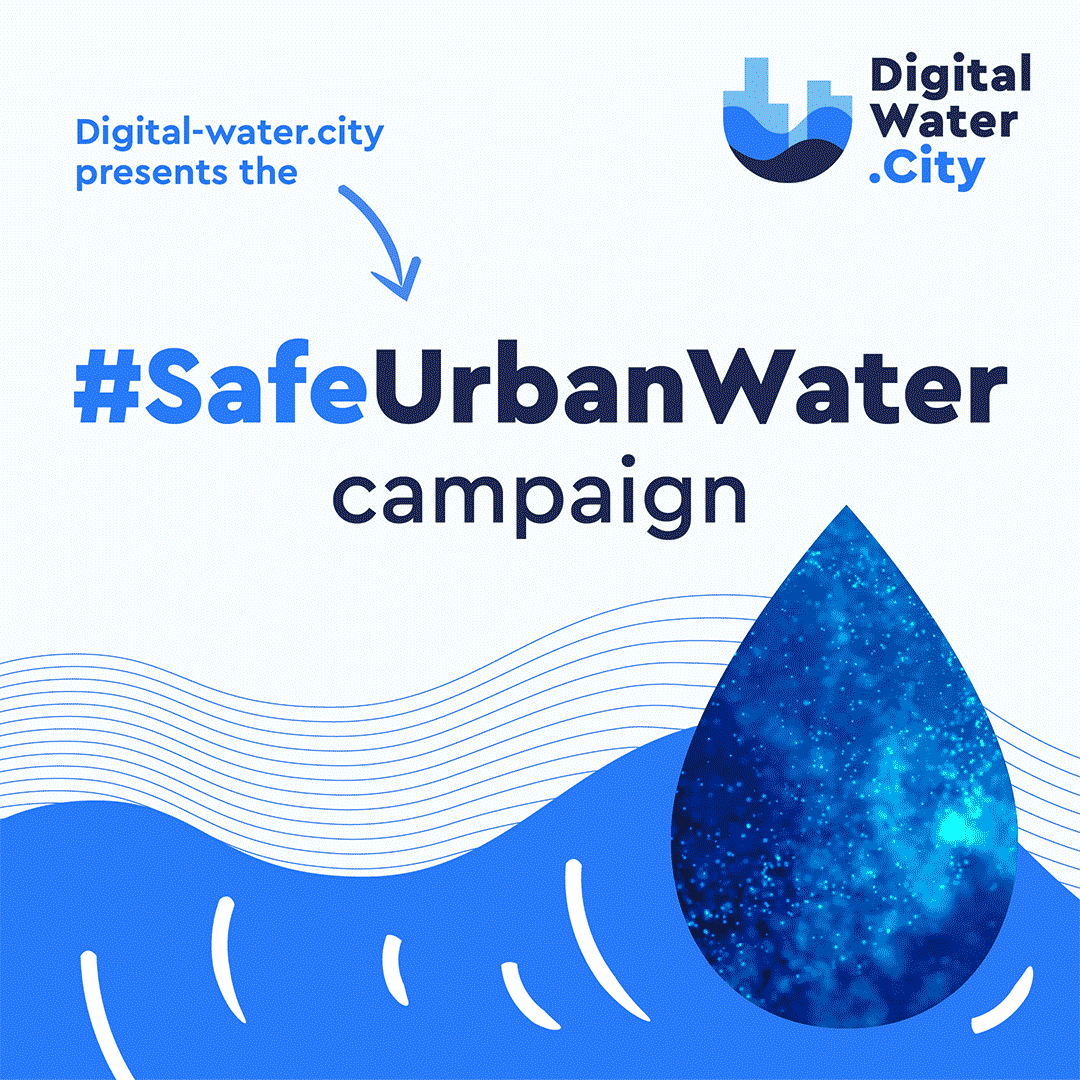On the second week of the #SafeUrbanWater campaign we speak with Sandra Banusch, Research & Business Development Coordinator at KWB (Kompetenzzentrum Wasser Berlin), about SWIM:AI, the machine learning early warning system KWB developed for bathing water quality.
Here is what she told us about it:

What does this digital solution consist of and what is the main technology used?
Our solution SWIM:AI consists of the development and implementation of data-driven models for real-time prediction of bathing water quality. SWIM:AI is an open source software application designed to support authorities manage the water quality of their bathing sites more effectively and ensure the health of bathers.
What is the purpose of SWIM:AI and which broader aim can it be a supporting tool of?
Authorities have to monitor water quality at their local bathing sites at four-week intervals, usually through laboratory testing, to comply with the 2006 European Bathing Water Directive (BWD). During heavy rainfall, many cities divert sewer overflows into local rivers to prevent flooding. This practice carries the risk of short-term contamination, which is not taken into account in current monitoring practices. By developing and implementing data-driven models for bathing water quality prediction specifically fitted to rivers with urban influence, SWIM:AI can significantly optimize the management of bathing sites, improve microbial safety, and allow for the safe use of rivers as recreational waters.
What would you say are the most innovative features and what is the added value of this solution?
SWIM:AI is designed as an early warning system that provides predictions of daily bathing water quality that can be communicated to the public. SWIM:AI’s core functionality enables predictive rather than retrospective assessment of bathing water quality, giving authorities real-time information they need to ensure the health and safety of bathers. In addition, the European Commission is currently conducting a review of the BWD that is expected to result in more stringent requirements, and SWIM:AI is already further along than the current 2006 requirements.

Who can use this tool and how can it help them?
SWIM:AI is developed for river bathing sites in urban areas. An extension to coastal and lake bathing sites is in preparation, as we see that there is an equally high demand for this solution. The target group is therefore all bathing site managers in Europe who are interested in more efficient and accurate water quality monitoring. These managers mainly belong to the environmental or health departments of the local municipalities. However, we believe that it is also of great interest to the general public to be informed about the water quality in the places where they swim.
How would you say being part of DWC project helped in developing such a tool?
DWC is a large European project involving 24 partners from 11 countries. Participating in such a diverse project allowed us to share experiences and better understand the expectations and needs of end users of data-driven solutions. For example, SIAAP, our utility partner in Paris, has launched a Community of Practice to bring together institutions working to improve bathing water quality. The group meets regularly and includes more than 20 participants and key stakeholders. Such activities also build trust in the use of data-driven solutions to address current and future water-related challenges and will certainly continue beyond the project.
More about this solution is available here and on KWB’s website.

